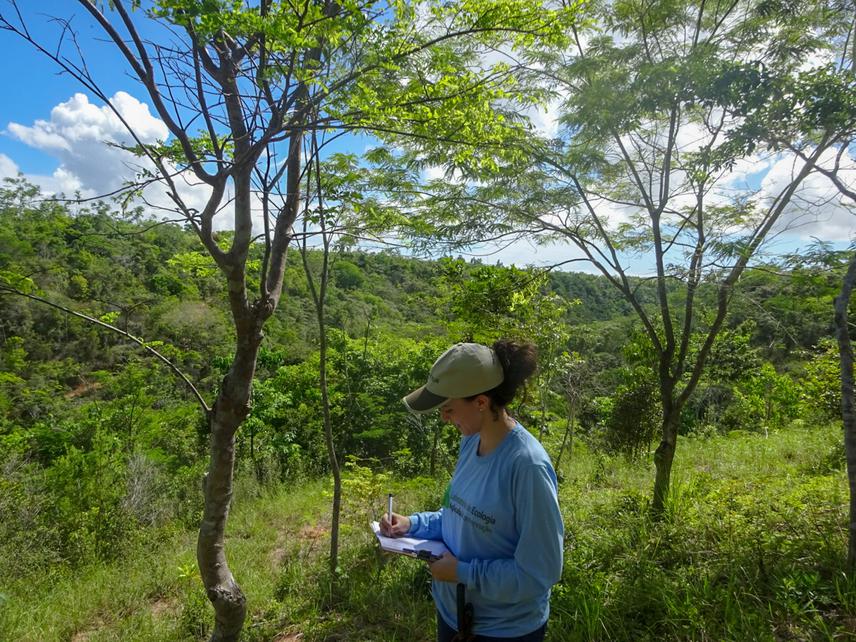Taruhim Miranda Cardoso Quadros
Overall, the idea of this project is to comprehend how genetic parameters of a native Atlantic Forest tree species are related to different forest restoration methodologies and to forest remnants surrounding these restored forests, in Southern Bahia, Brazil. To do so, we will focus on (i) comprehend the genetic constitution of conserved fragments surrounding restoration areas; (ii) investigate the influence of the geographical distance from these conserved remaining forests in the genetic parameters of restored areas; (iii) comprehend if restored areas with different methodologies differ from each other and from the surrounding conserved remnants in its genetic pool and spatial structure; (iv) investigate if the seedling implanted for coverage in active restoration genetically differ from the native populations. Generally, our outputs will subside the delineation of restoration methodologies for a native Atlantic Forest species so future restored populations achieve patterns similar to the ones found in remaining Atlantic Forests.

Human intervention on ecosystems has created a disturbed environmental scenario where ecosystem services are negatively impacted. Deforestation, one of the most pervasive anthropogenic actions, has severely reduced natural populations of tree native species in biomes like the Atlantic Forest in Brazil. Several actions to contain and mitigate these negative impacts lead to a scenario in which forest restoration plays an essential role. However, the effectiveness of restoration in recomposing a functional ecosystem and self-sustainable tree populations is not fully addressed. A key point is that species must contain genetic fitness and a diversity of alleles to allow population’s survival, reproduction, recruitment, and adaptation over time. Thus, there is an urgent requirement to comprehend most reliable restoration efforts to effectively reinstate genetically viable populations.
Therefore, my project is focused on comprehending how restored forests can effectively contribute to the re-establishment of genetically-viable populations of a vulnerable Atlantic Forest tree species, the Brazilian Rosewood. I will sample conserved Atlantic Forest sites and restored forests to conduct genetic analysis on Brazilian Rosewood populations. Overall, the idea is to comprehend how genetic parameters are related to different forest restoration methodologies and to forest remnants surrounding these restored forests, in Southern Bahia, Brazil.
Mainly, the results will be used to define ideal genetic parameters to a restored ecosystem, assist in the detection of key regions to reestablish forest connectivity and for seed collection. Through this project outputs, I expect to bring constructive insights to conservation efforts, relating it to practical issues and methods of restoration.
Overall, the findings will be useful not only to reach Brazilian purposes of restoring forests but to achieve the most valuable outcome: a restored ecosystem.